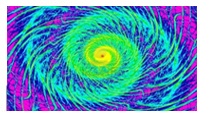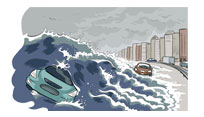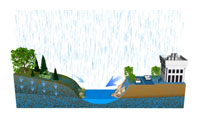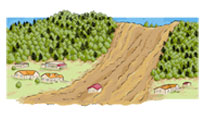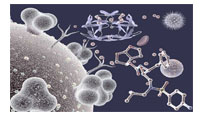Tsunamis
Recover and Build
- You should continue using a Weather Radio or staying tuned to a Coast Guard emergency frequency station or a local radio or television station for updated emergency information.
- Check yourself for injuries and get first aid if necessary before helping injured or trapped persons.
- If someone needs to be rescued, call professionals with the right equipment to help Many people have been killed or injured trying to rescue others in flooded areas.
- Help people who require special assistance—Infants, elderly people, those without transportation, large families who may need additional help in an emergency situation, people with disabilities, and the people who care for them.
- Avoid disaster areas. Your presence might hamper rescue and other emergency operations and put you at further risk from the residual effects of floods, such as contaminated water, crumbled roads, landslides, mudflows, and other hazards.
- Use the telephone only for emergency calls.Telephone lines are frequently overwhelmed in disaster situations. They need to be clear for emergency calls to get through.
- Stay out of a building if water remains around it. Tsunami water, like floodwater, can undermine foundations, causing buildings to sink, floors to crack, or walls to collapse.
- When re-entering buildings or homes, use extreme caution. Tsunami-driven floodwater may have damaged buildings where you least expect it. Carefully watch every step you take.



